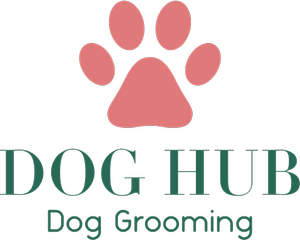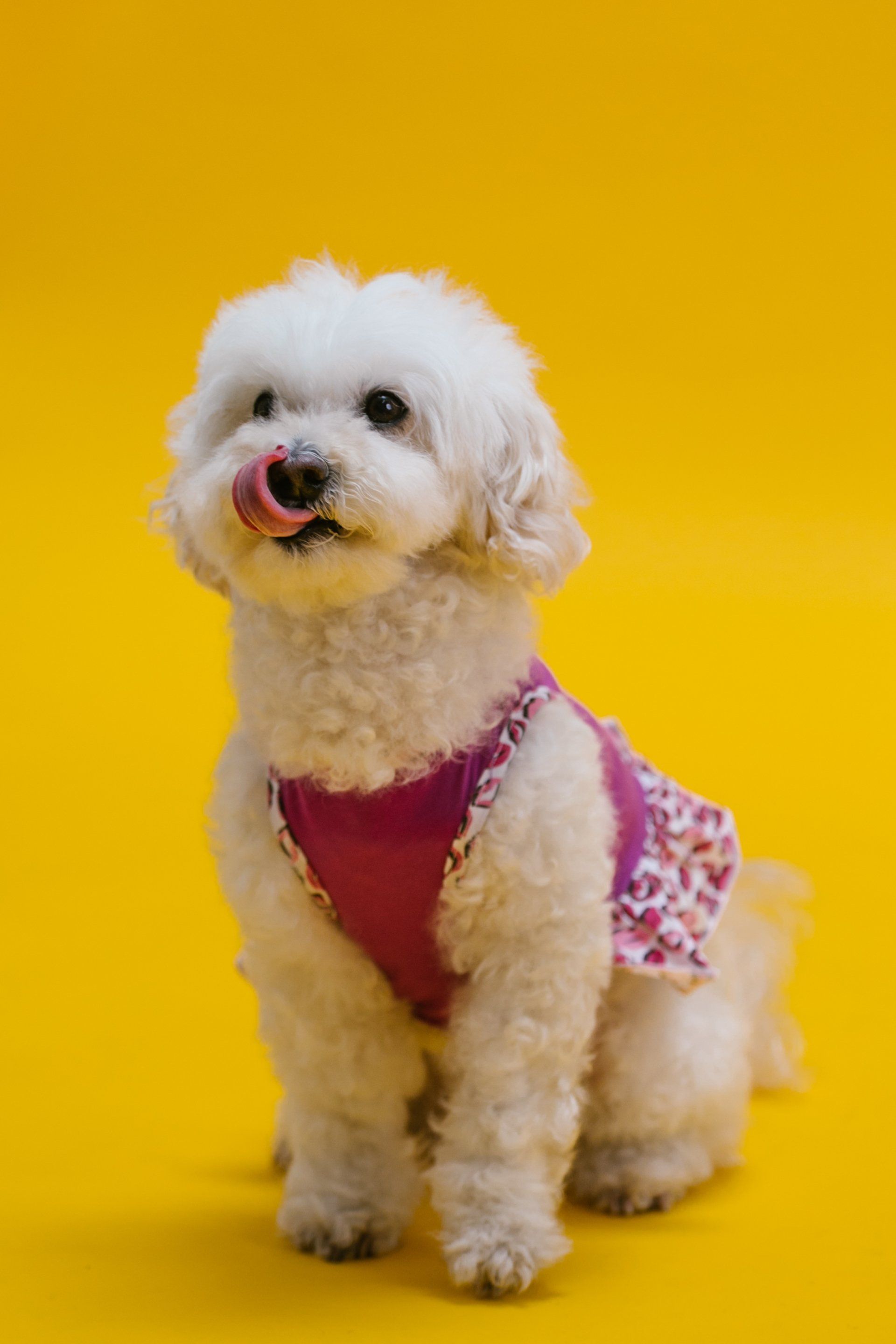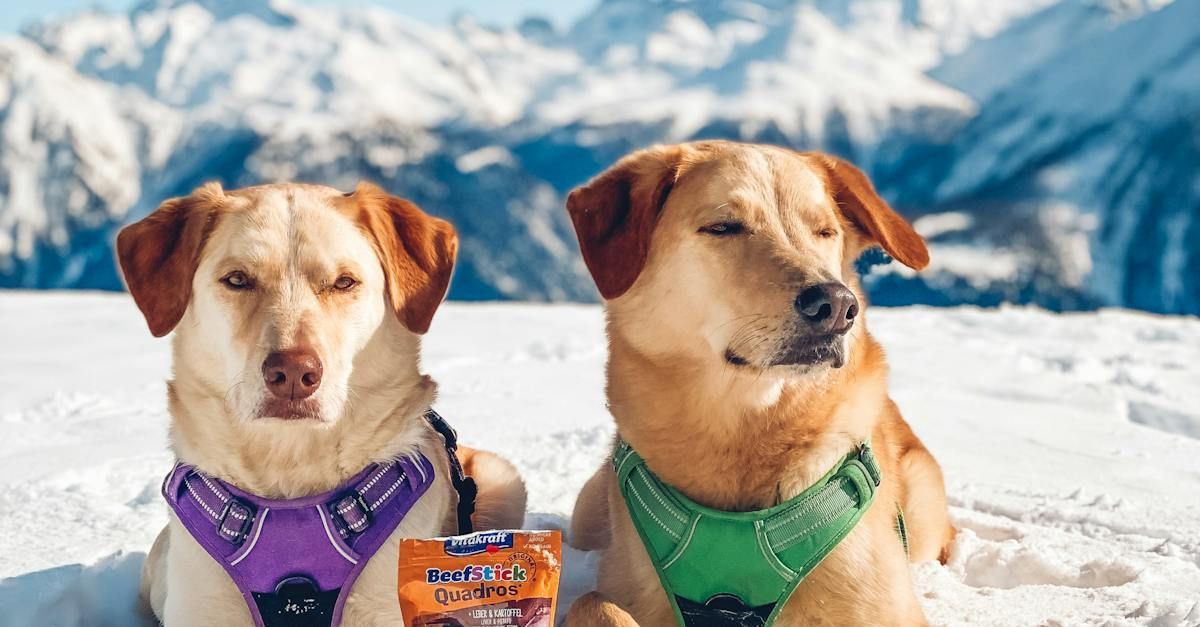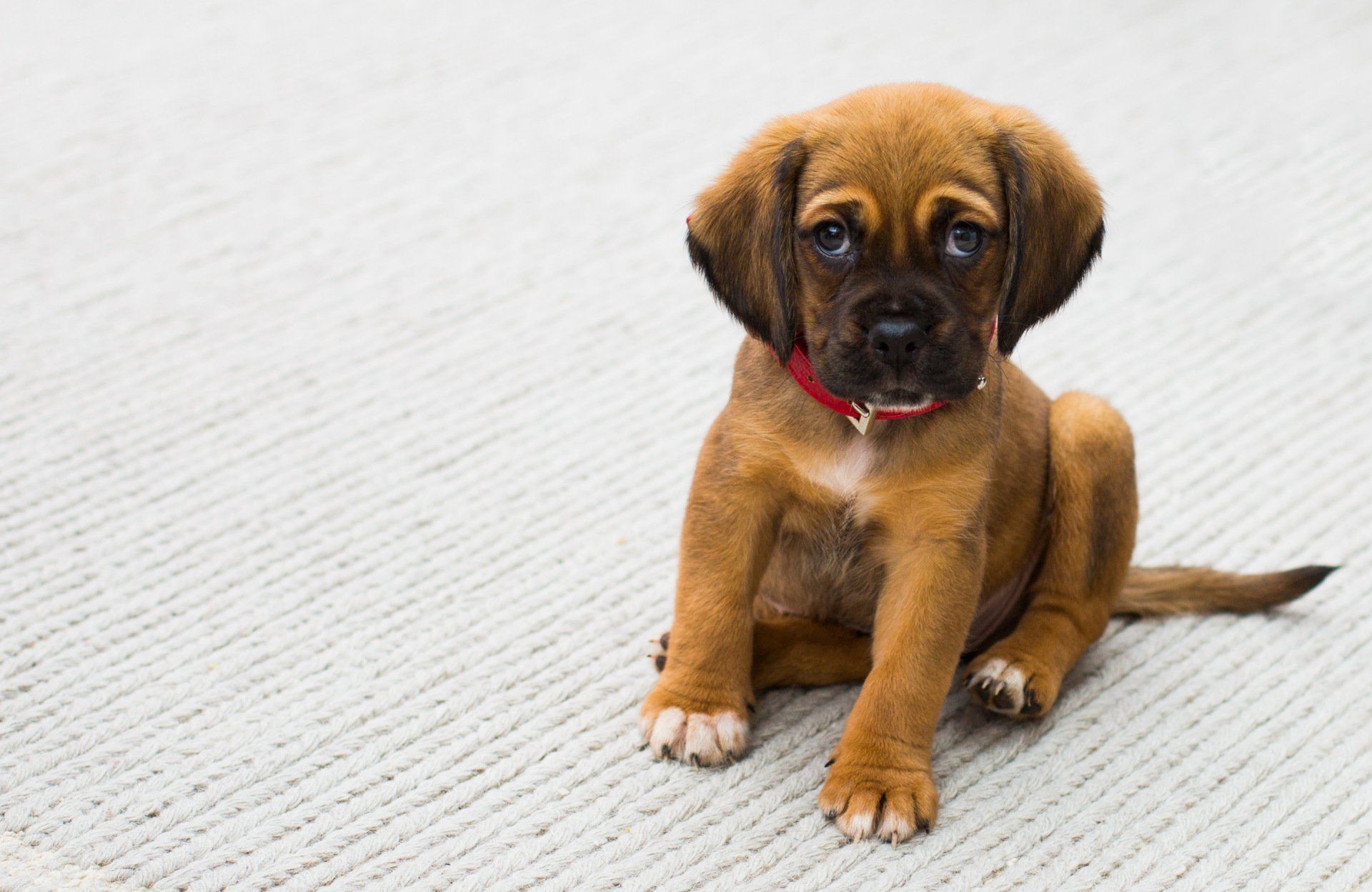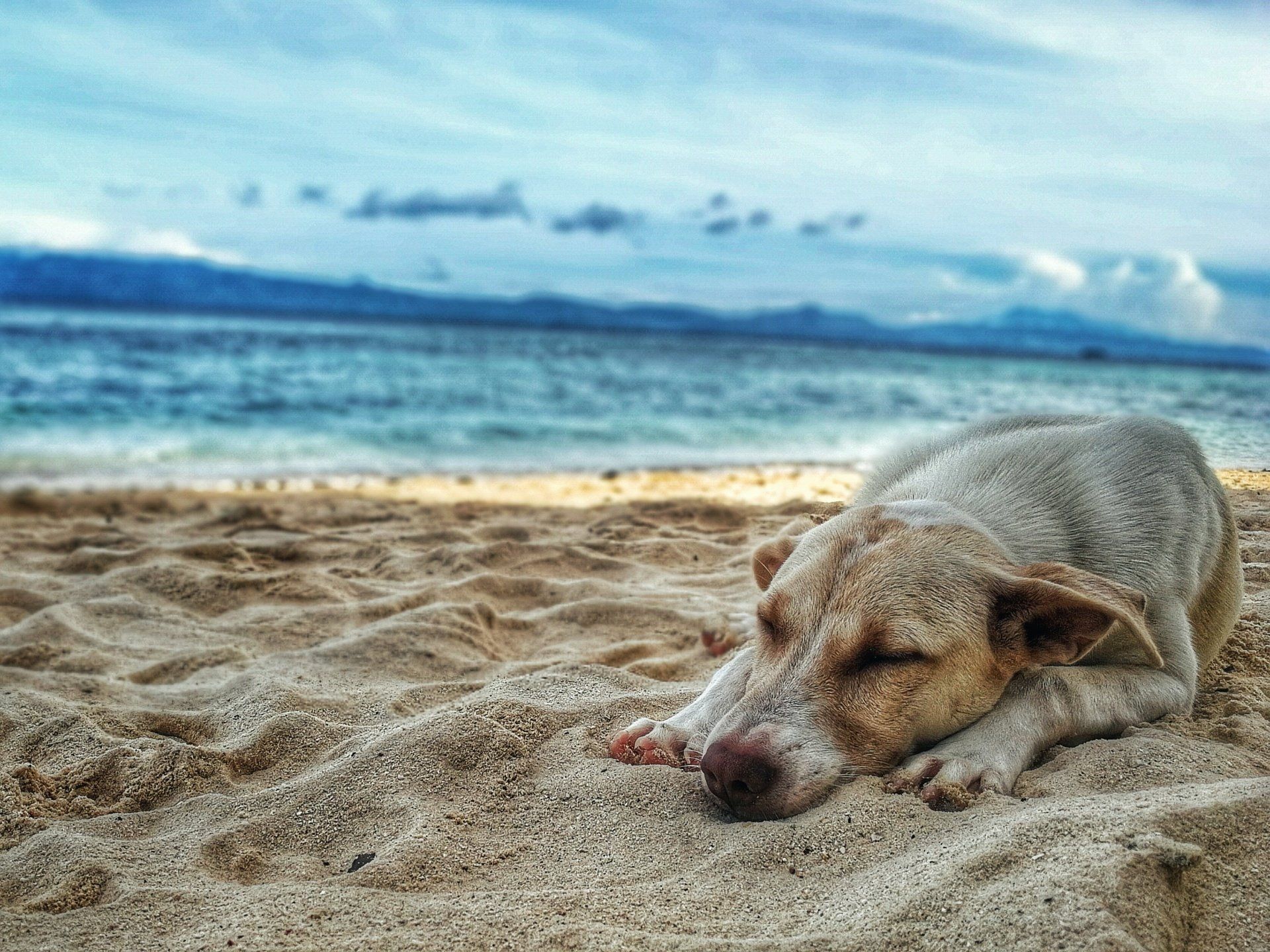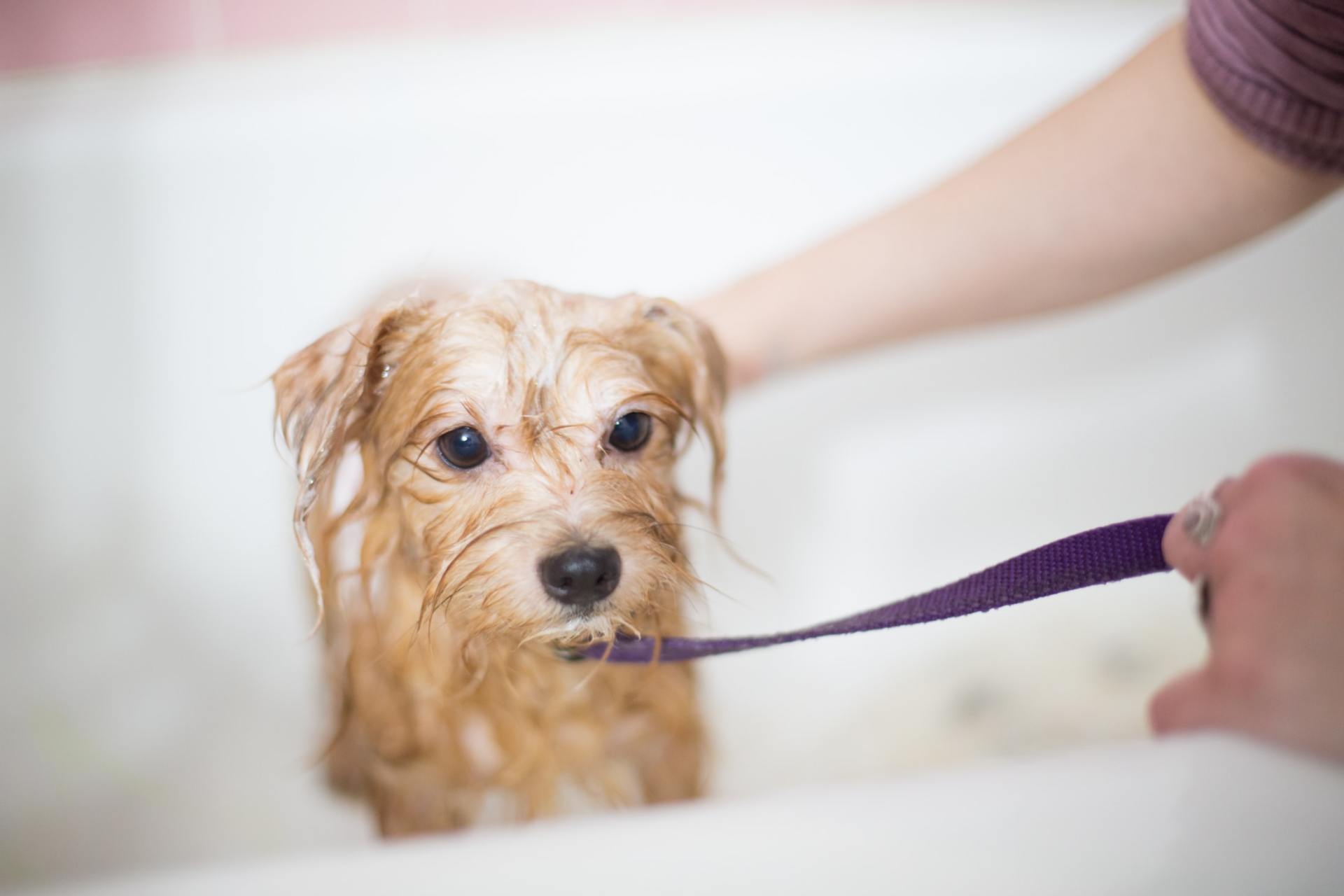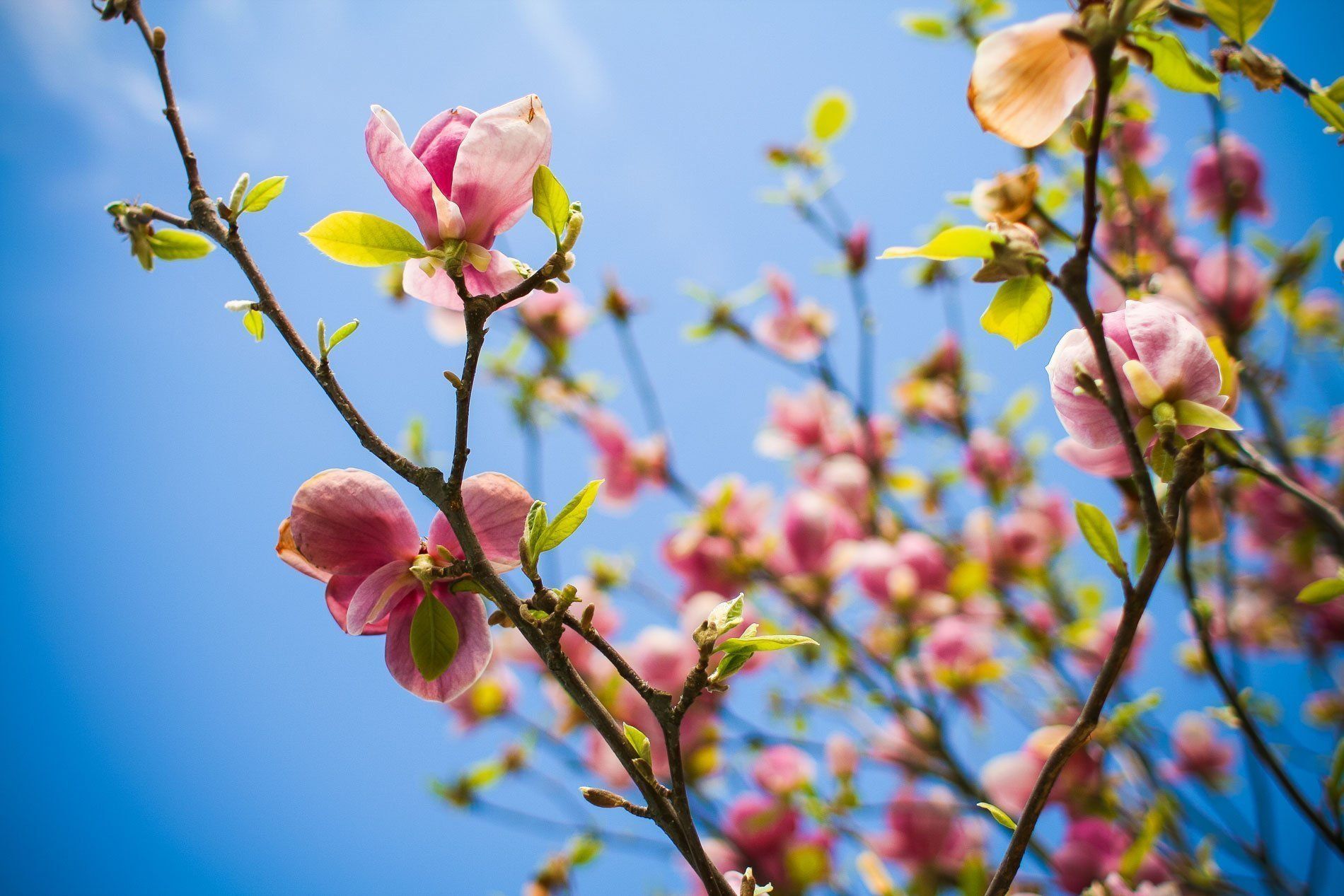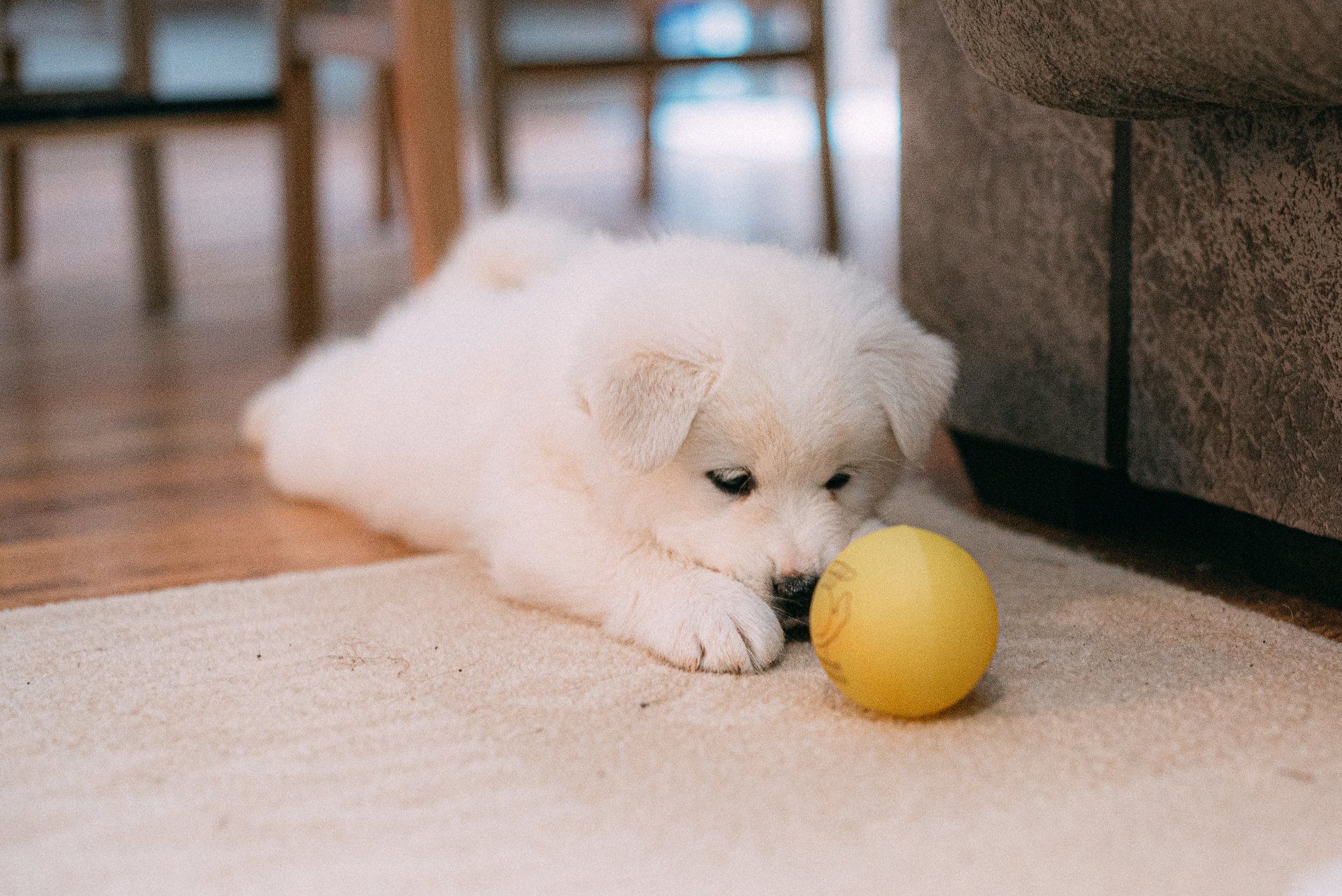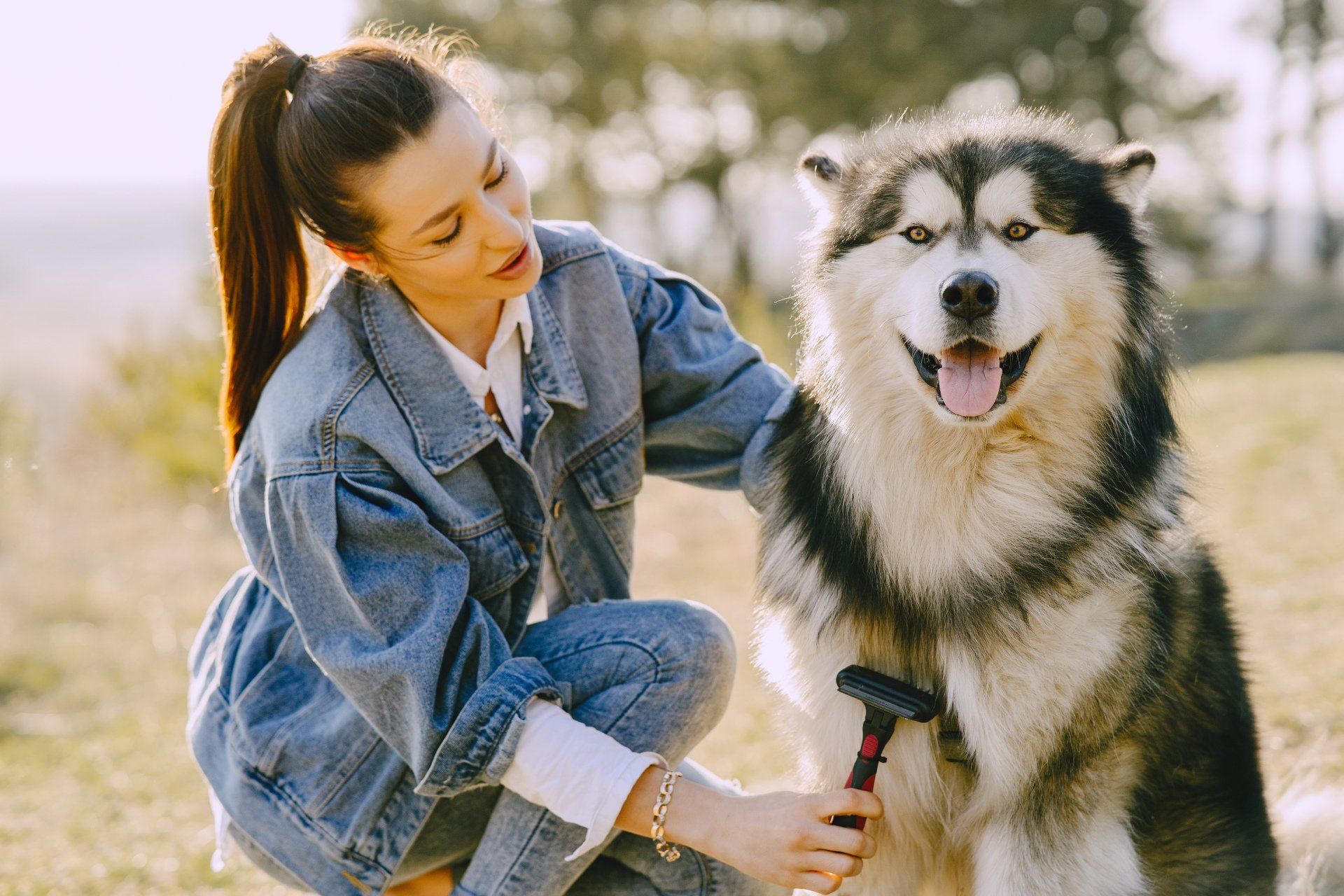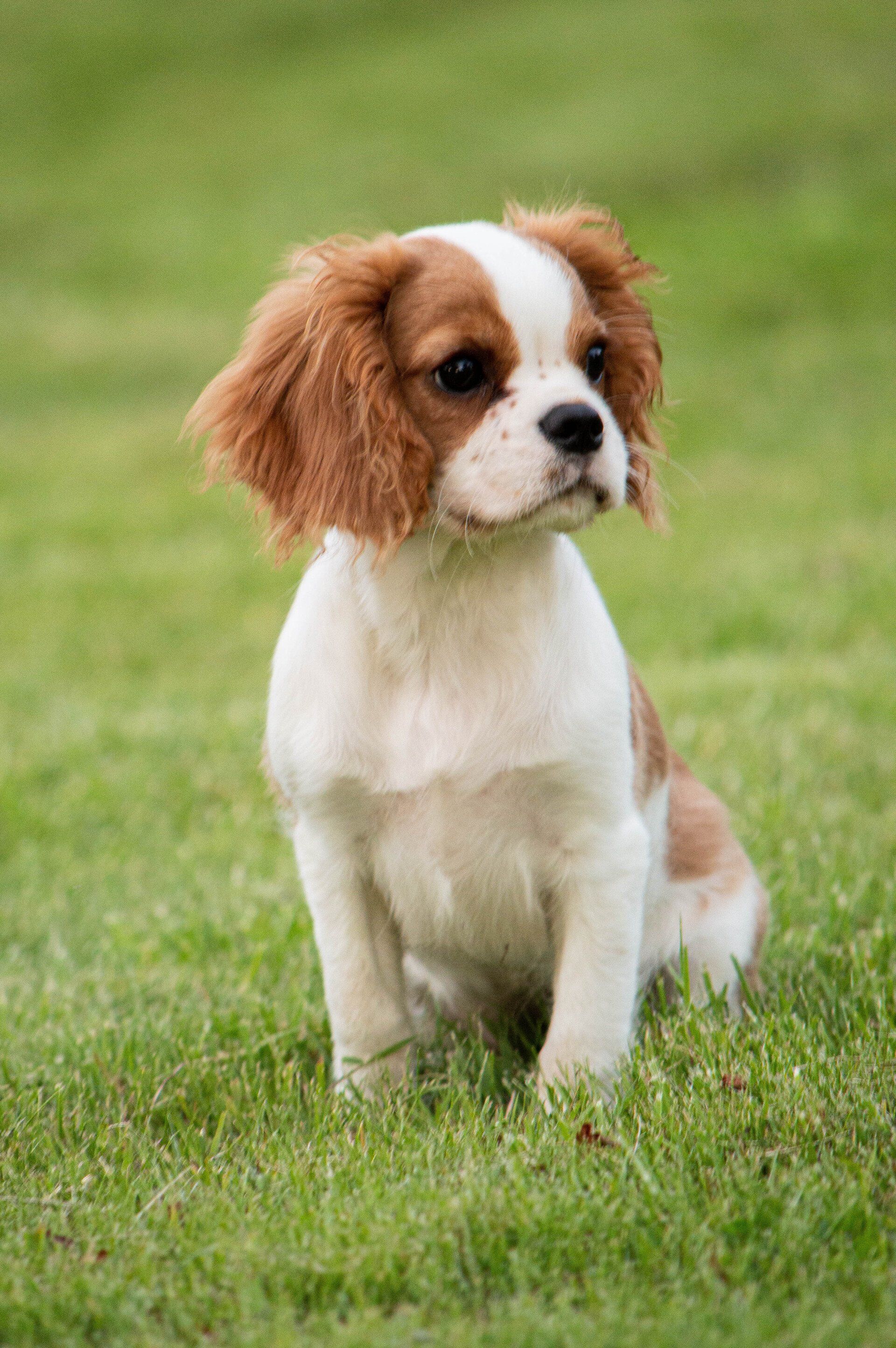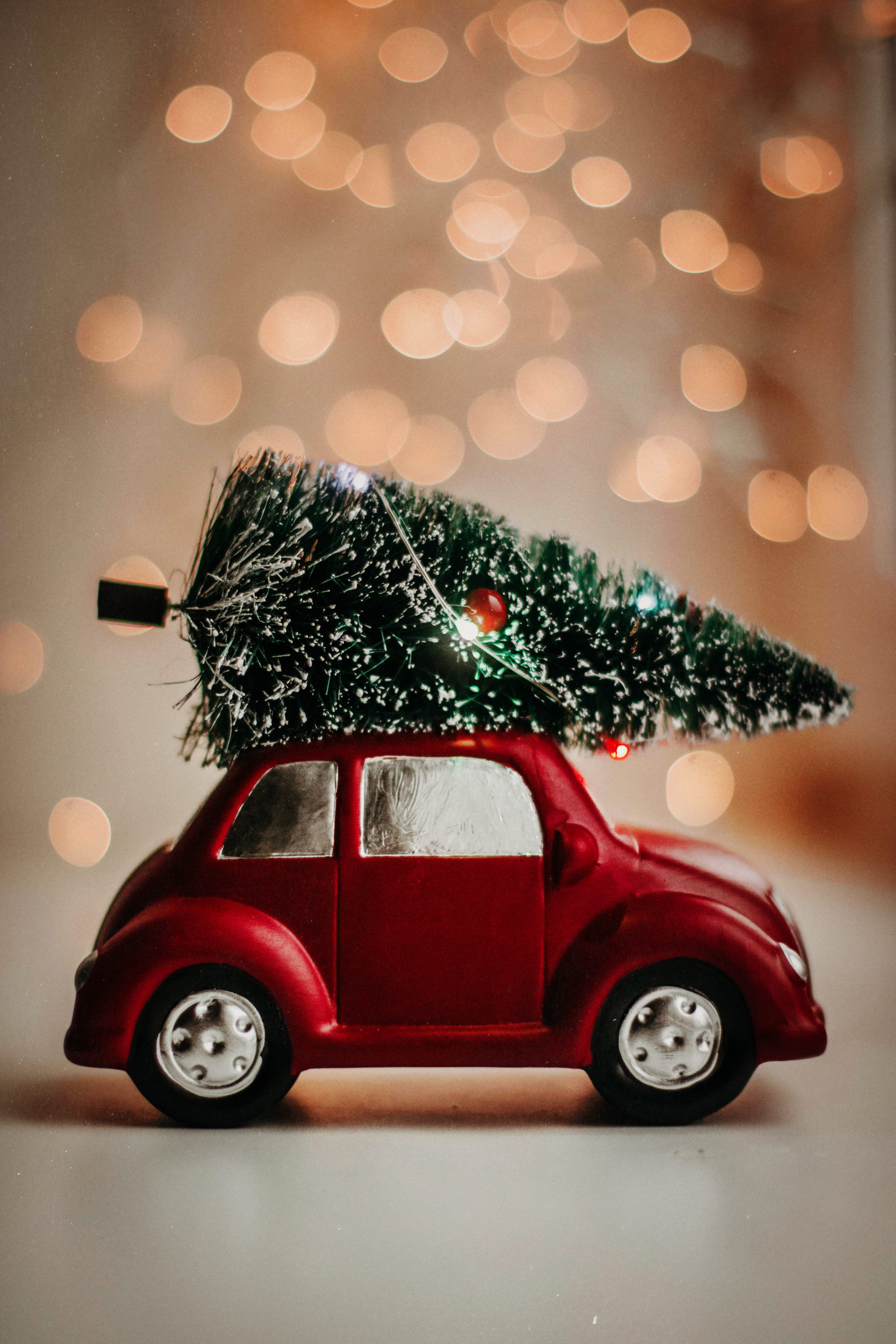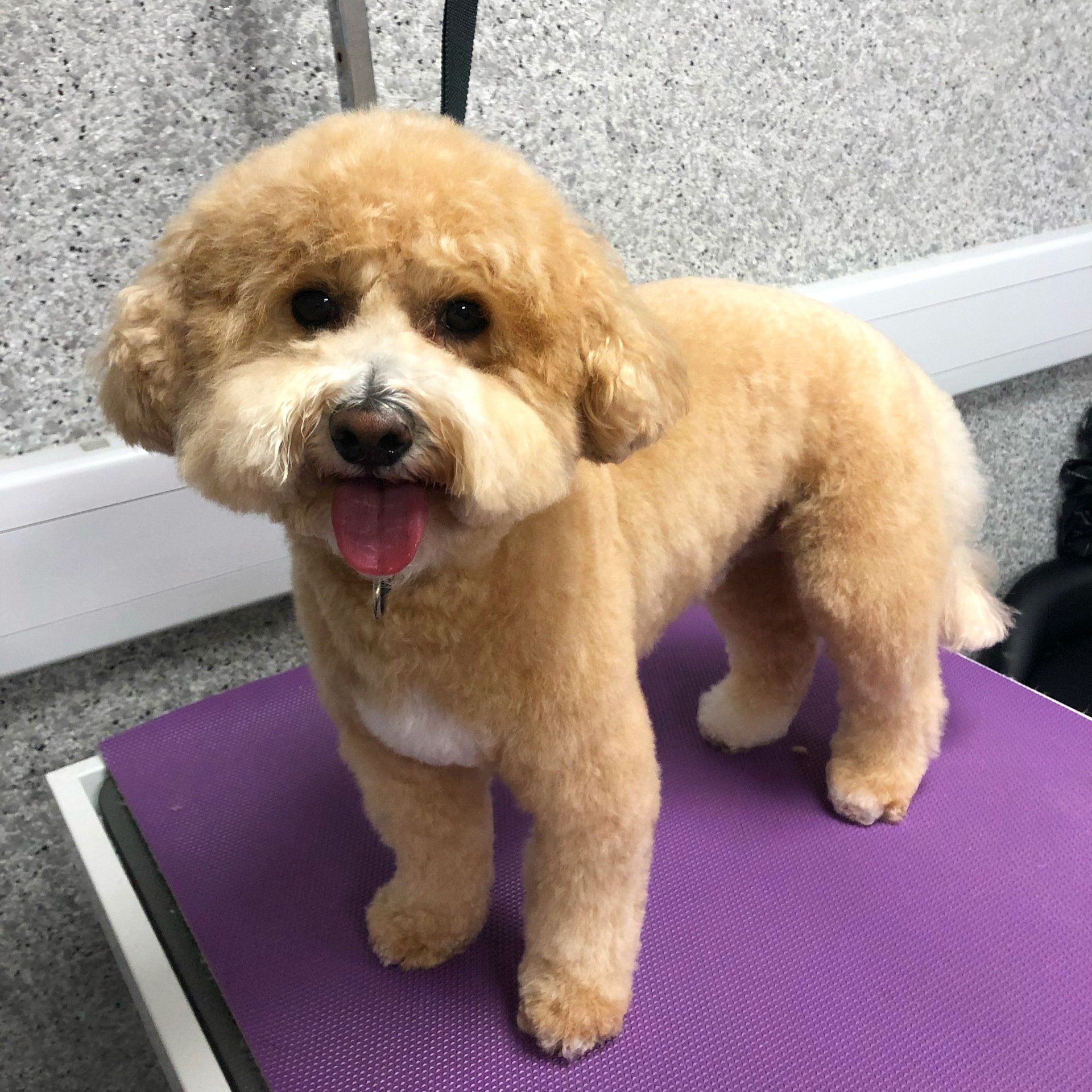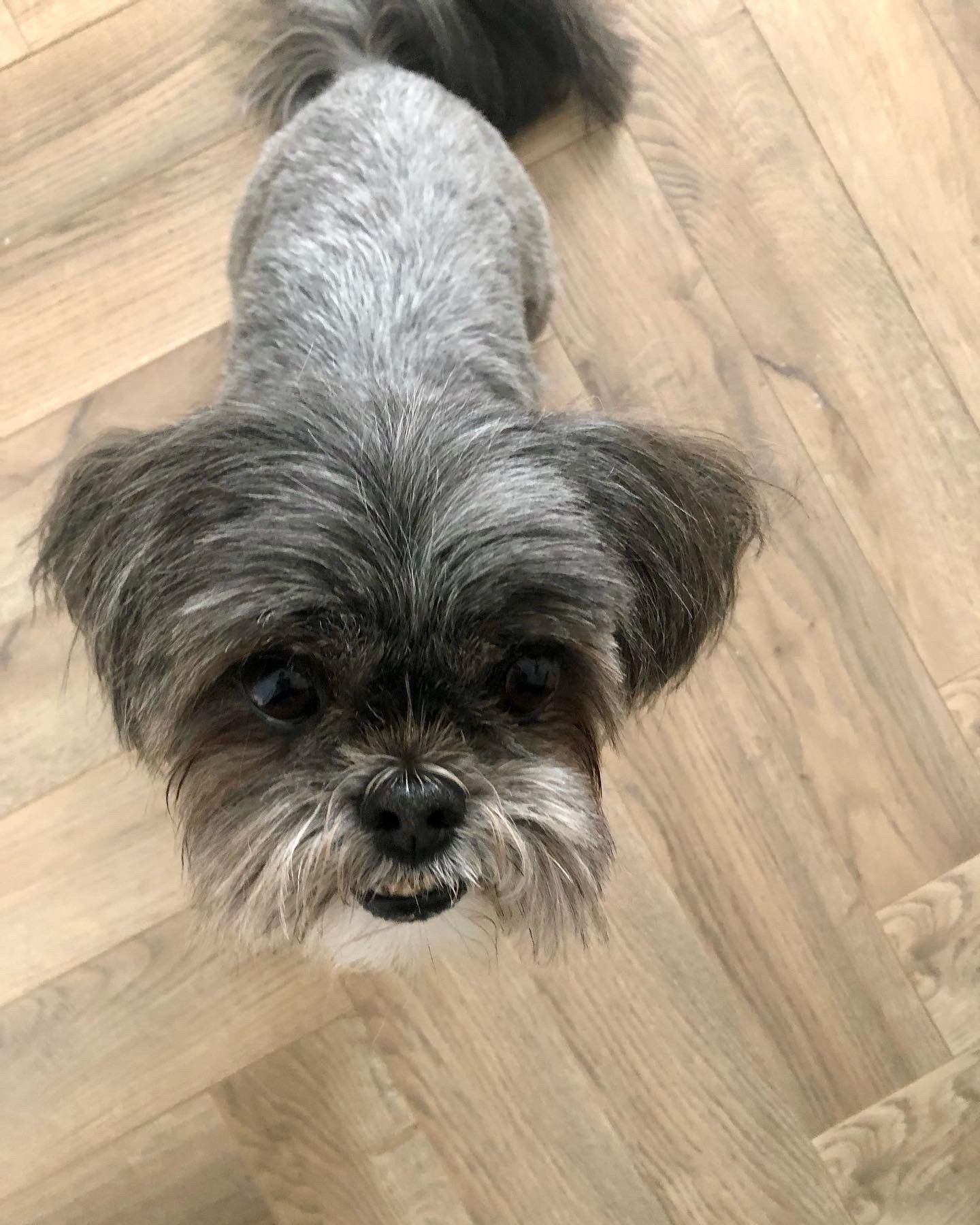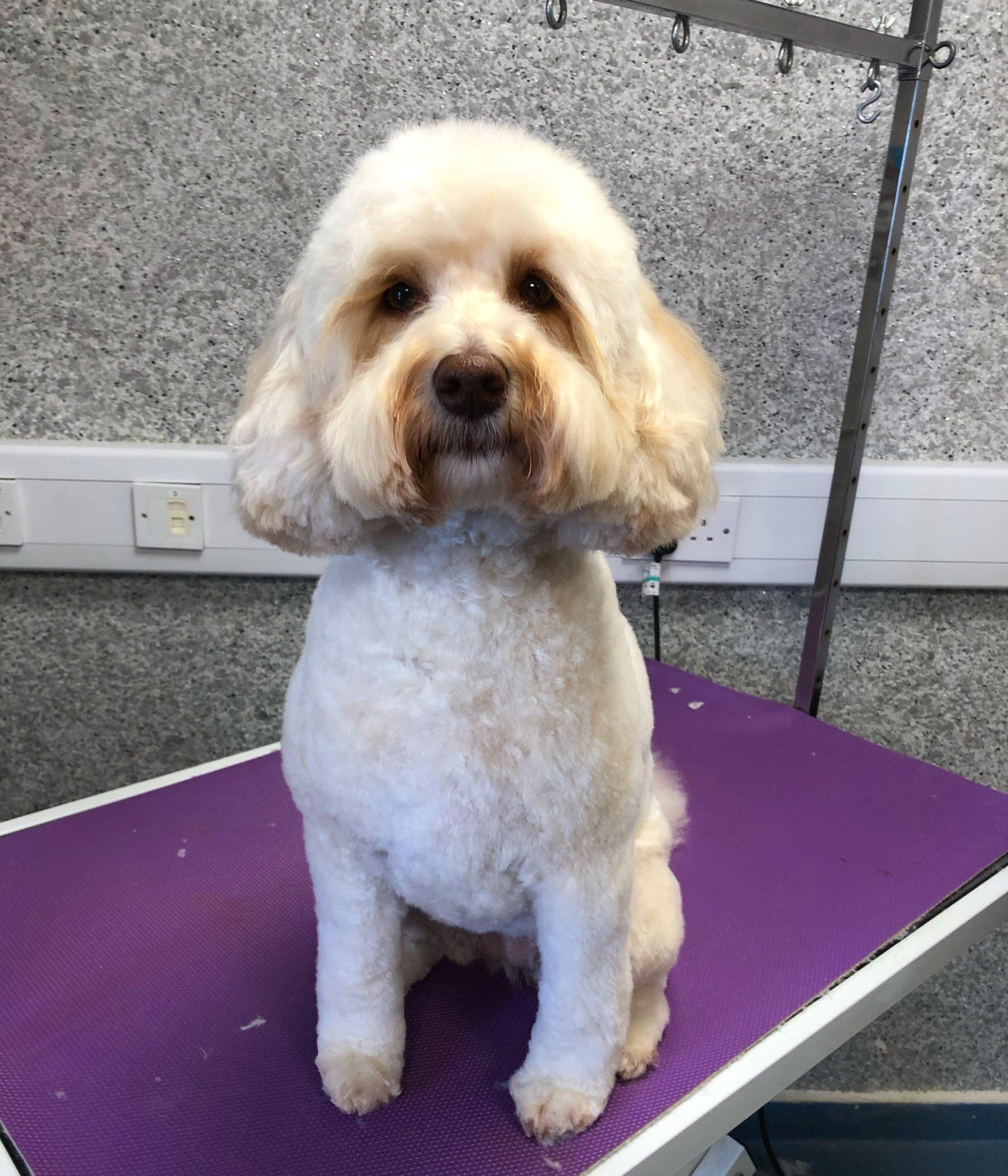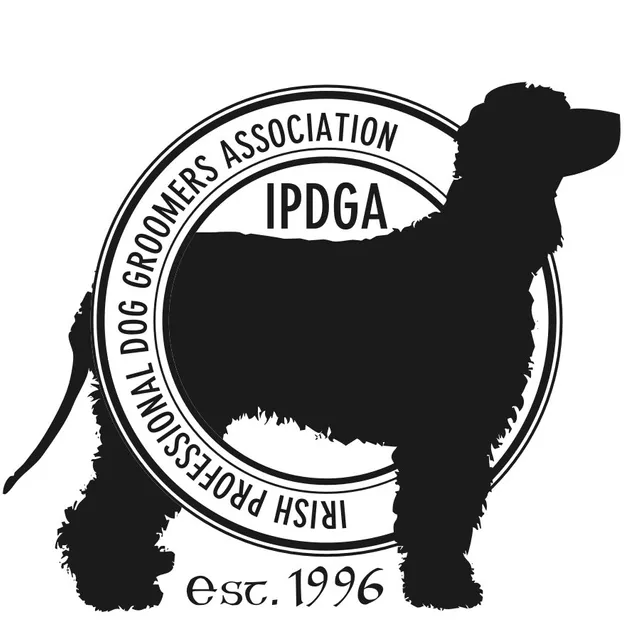Grooming senior dogs
Senior dogs have slightly different requirements when it comes to grooming and here's a few things to watch out for.
Brushing
You all know how much I love a good brush and I have discussed the importance of a brush routine with your dog many times. And it's especially important with elderly dogs. Abnormalities such as thinning hair, skin irritations, growths or lumps are just a few things that you may notice as you brush and it's important to keep an eye on and discuss with your vet if you're worried.
Use a non-slip surface
Make sure your pet is standing or lying on a non-slip surface. This will make them feel more comfortable and secure. A simple rubber bath mat will keep your dog steady when you brush them. Same goes for washing your dog at home, using a rubber mat is a must!
Professional grooms to be kept at a minimum
I would recommend choosing a haircut that will keep your senior dog away from the groomer for longer. Full grooms require your pet to stand for a long period of time which most senior dogs find hard to do even when they're in good health. So it's important to choose a haircut that will last longer and keep the hair at bay longer. Talk to your groomer what the best plan for your senior dog's coat is.
Tools
Make sure your tools are in good repair and choose softer, gentler brushes for older dogs. Skin may lose elasticity as dogs age and many dogs can develop lumps and bumps that can be a bit tender.
Examine the “sanitary” areas
This is done by your groomer but you can keep an eye on these areas yourself too. Sometimes if dogs have stiff achy joints, they might have difficulty keeping these spots as clean as they did when they were young. A quick fix if the hair does get soiled is to use water wipes (baby wipes) on these areas.
Trim nails regularly
Senior dogs are generally less active then they used to be so their nails don’t get worn down as much. Making sure their nails are clipped is important so they don't slide around the floor and put pressure on achy joints. But be sure to clip gently as old dog's nails can be brittle.
